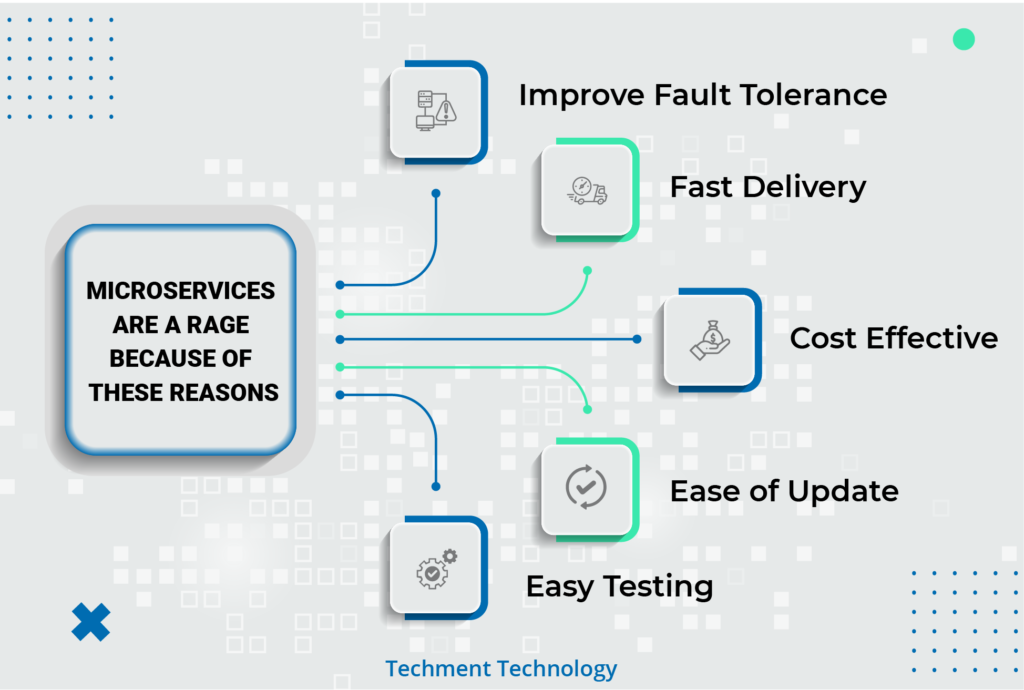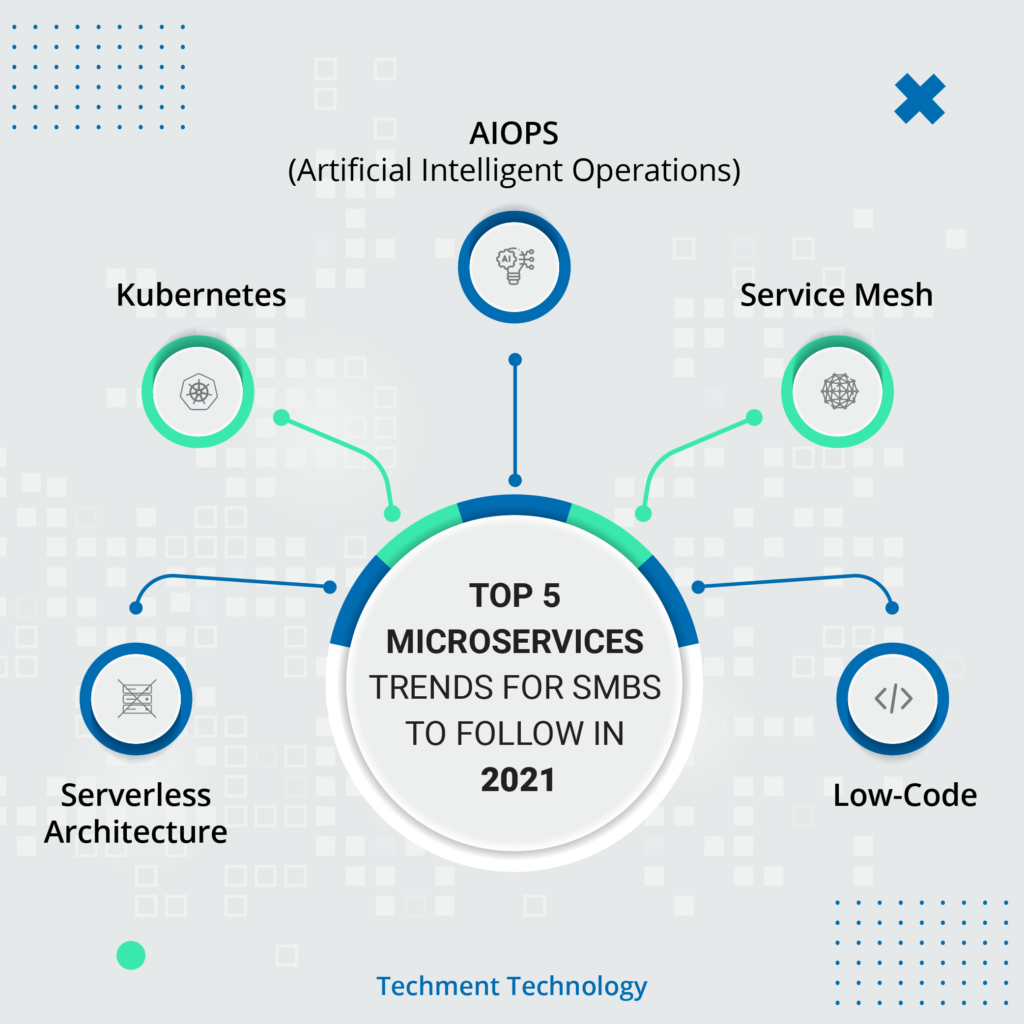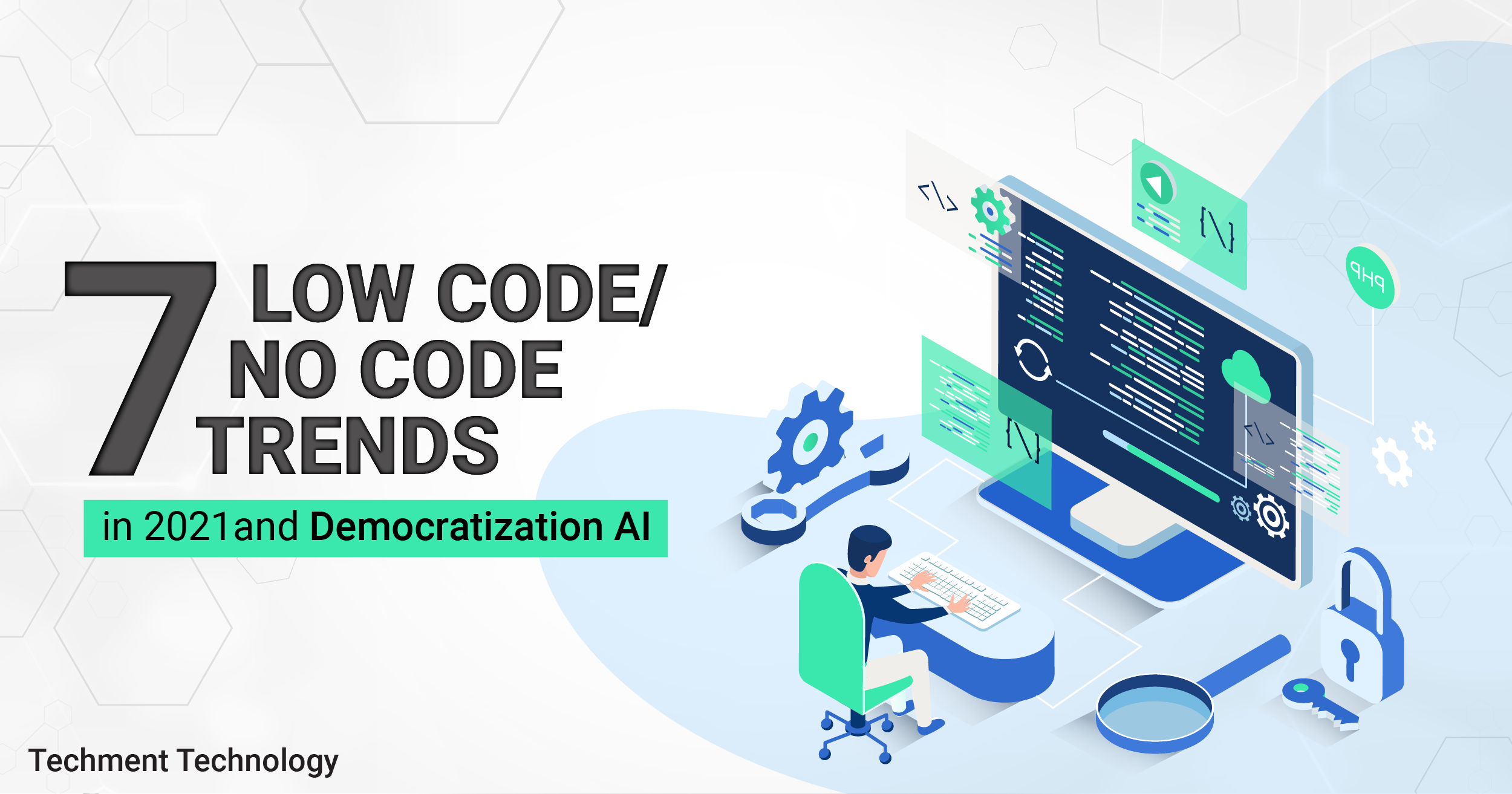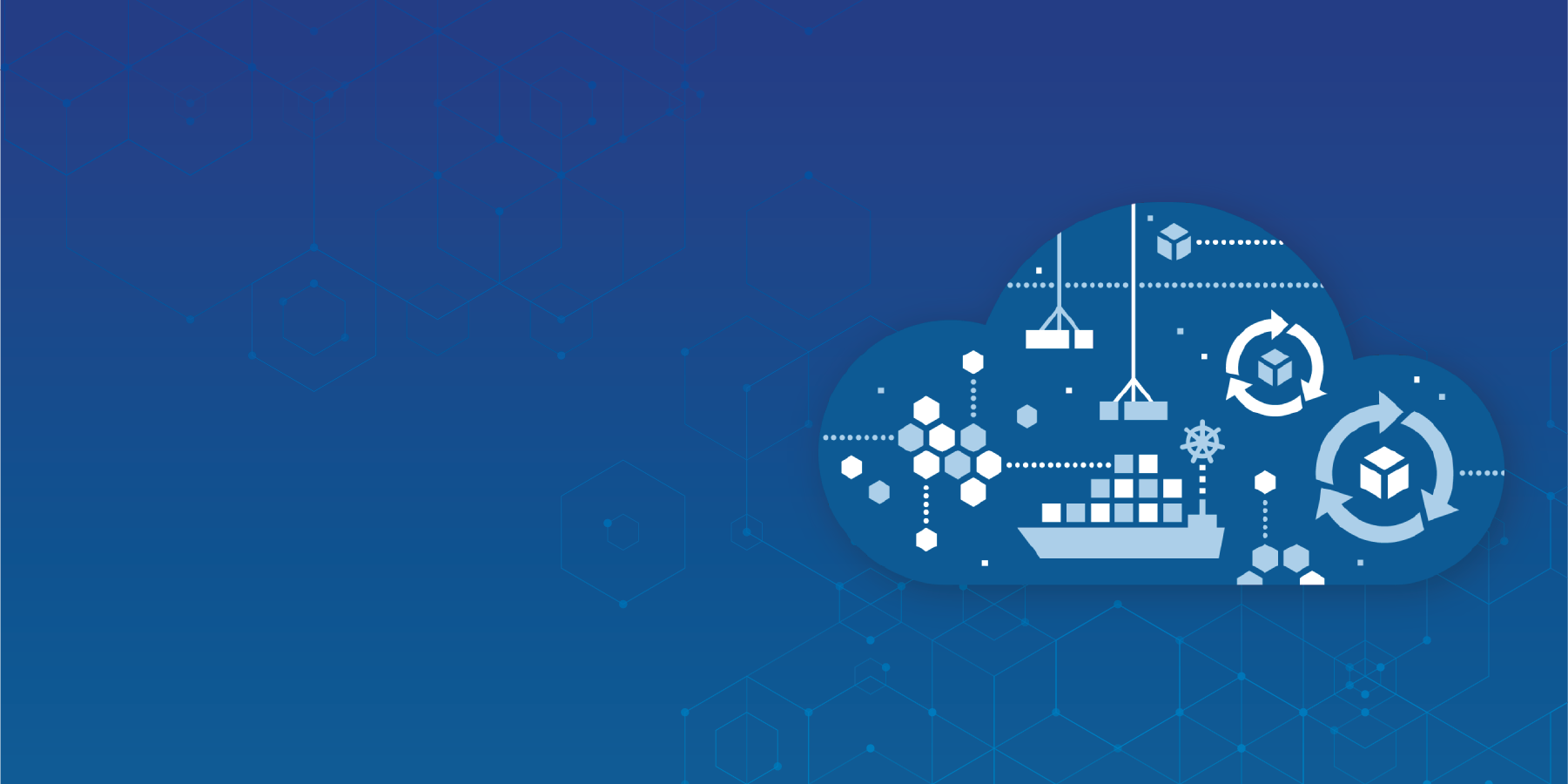When Microservice (MS) emerged and started replacing monolithic architectures, it gained immense popularity as it provided benefits like independence, isolation, scalability etc. to developers. Containers became important in Microservice as they are a standard way to move applications between environments and run independently. Everything like code, libraries, system tools etc. are packaged inside containers.
But migration towards Microservice is a decision that needs to be made at the right time and for valid reasons. It depends on functionality & especially large businesses should focus as microservices architecture requires lots of initial cost, heavy modular changes, larger IT team, collaboration with partners & stakeholders.
Why are Microservices a Rage?
Watching giants like Netflix, Uber, Amazon, Spotify, etc. switch to microservices inspired many. But advantages are dependent on your business objectives. For large scale services it provides improved productivity, scalability, and faster product development.
In areas such as e-commerce, if you need to change payment methods, you only need to apply and implement these changes in the payment microservices without having to change any other parts of the system. Therefore, the microservice architecture can reduce costs and time to market, shorten the release cycle and promote innovation. The dominants advantages are as follows:
- Improved fault tolerance: Developers get a chance to create fault tolerant systems for smaller Microservice. Since different MS run autonomously they are less likely to be under cascade faults and breakdowns; and complete systems can be prevented from shut down.
- Fast delivery: Having isolated MS for different services allows for faster development inside Microservice and upgrades without disturbing another Microservice. MS is based on CI-CD support where you can quickly deliver core Microservice.
- Cost Advantages: Unlike monolith structures for which hosting involves the entire cost, microservices architecture engraved only a specific function which the user needs to use, thus the cost of running or hosting microservices is remarkably low.
- Ease of Updates: Unlike monolith, MS only requires a small and relevant part to be upgraded, leaving other functions untouched. This allows easier and frequent updates.
- Easy Testing: Since only a part of the entire software is affected the testing is also relatively easy. This also supports fee request releases.

Is Microservice necessary for your business?
Even though MSs have their advantages, it is not prudent for all businesses to migrate to it. It’s essential to understand whether it’s actually necessary for your business.
- If the monolithic arch of your business has become very large and has chances of fault or collapse, then moving your business to microservices can be considered.
- It should be used only if your business is larger in terms of customer size and you have complex software architecture. As re-building the different application layers will involve cost.
- If you have a larger efficient team of developers then it’s a benefit, since it will require an independent team for handling different services.
- Think about the domain before moving, like if it’s a service based business where your core service needs to be highly efficient, it can be chosen.
- If your business demands agile delivery and innovation then Microservice is a good choice.
Switching to microservices is an important decision, and one that involves long-term consequences. Choose wisely, and time appropriately.
Implicit Challenges in Microservice
Though modularity of microservice is perceived as an advantage by companies, it can have a serious impact if mismanaged. Management is vital, especially during the initial phase of transformation from monolithic architecture.
- Monitoring: The traditional monitoring method won’t work in the case of microservice. When a problem triggers in application, the root cause must be properly diagnosed as from which layer it has occurred. Microservice being complex in architecture makes monitoring difficult.
- Frequent Testing: In case of frequent updates, testing may need to be done for the complete application. Also, for complex applications root cause analysis can be challenging and so is its prediction.
- Data Management: Distributed data in different application layers can cause data breach so the data life cycle must be checked.
- Relatively Costly: The transitioning to microservices and maintenance is costly. Apart from initial investment, it also requires IT resources to monitor its proper functioning and upgrade.
Top 5 trends in Microservices in 2021

- Kubernetes: it is an open source platform portable system or container-as-a-service platform that manages containerized services to include automating application deployment, scaling, and management. You avoid paying for those resources which are not used. Kubernetes can aid in;
- Predicting need of computer resource,
- Enforce resource restrictions,
- Infrastructure partition & divide them for separate Microservice
- Serverless architecture: The concept can be misunderstood because of the name, but it’s actually the architecture that doesn’t employ testing, deployment and managing of data rather all is done by cloud service provider. You just have to pay for one particular service when a request is generated. This works like Function-as- service (FAAS).
Serverless is one way to host microservice and has been gaining popularity because it allows focus on business, and not on management of technology.
- Service mesh: A service mesh is a tool that adds observability, security, and reliability features to applications by adding these features at the platform level instead of the application level. The service network is usually implemented as a collection of network proxies implemented with application code which handles the communication between microservices.
It’s a security protocol which can be applied on microservice where it introduces a proxy at different layers and makes the complex authorization and authentication process easier for microservices. When proxy tokens are introduced, they intercept between layers and offload all functionalities and provide security.
- Artificial Intelligence Operations or AIOps: AIOps or Artificial Intelligence Operations is the use of ML and AI to develop tools meant to automate the work done by IT Ops teams. This can apply to solving complex system failure issues to automating the process of identifying security breach and its correction by utilizing data and patterns. It is becoming increasingly essential.
- Low-code: Low Code is a set of tools that enable creating applications using a drag-and-drop UI. Low-code APIs are application frameworks or platforms that allow you to build complete applications visually and quickly with low-code.
Low-code APIs can make the development process so easy that people with no development experience or even analysts can create apps. Important features of low-code APIs are ease of visual modeling, drag-and-drop interface, scalability, and security. Thus, these assure quicker development, agility, decreased cost, time-saving, and ease of making changes.
Future of Microservice
Most of the big companies that have moved towards microservices have been successful in implementing it. According to the reports published by O’Reilly most of its respondents accepted that it was an absolute success and software companies are the top players in accepting microservice. Globally 86% of developers accept that it can become default architecture in the next five to six years.
Some facts about microservices are overlooked like its size, where architecture is not usually small, rather complexity increases with the size of the application you build; its distribution is where it must be able to communicate the larger areas in data centers. It is important for the long-term sustainability and success of microservice that the challenges should be understood before migrating towards microservice. The challenges & trends change with time and changing technology but choosing the right cloud, security, architecture based on business and recognizing the challenges.
If still confused; what type of business needs Microservice & what challenges you can face in developing microservice; contact Techment Technology and get free consultation.
 All Posts
All Posts


